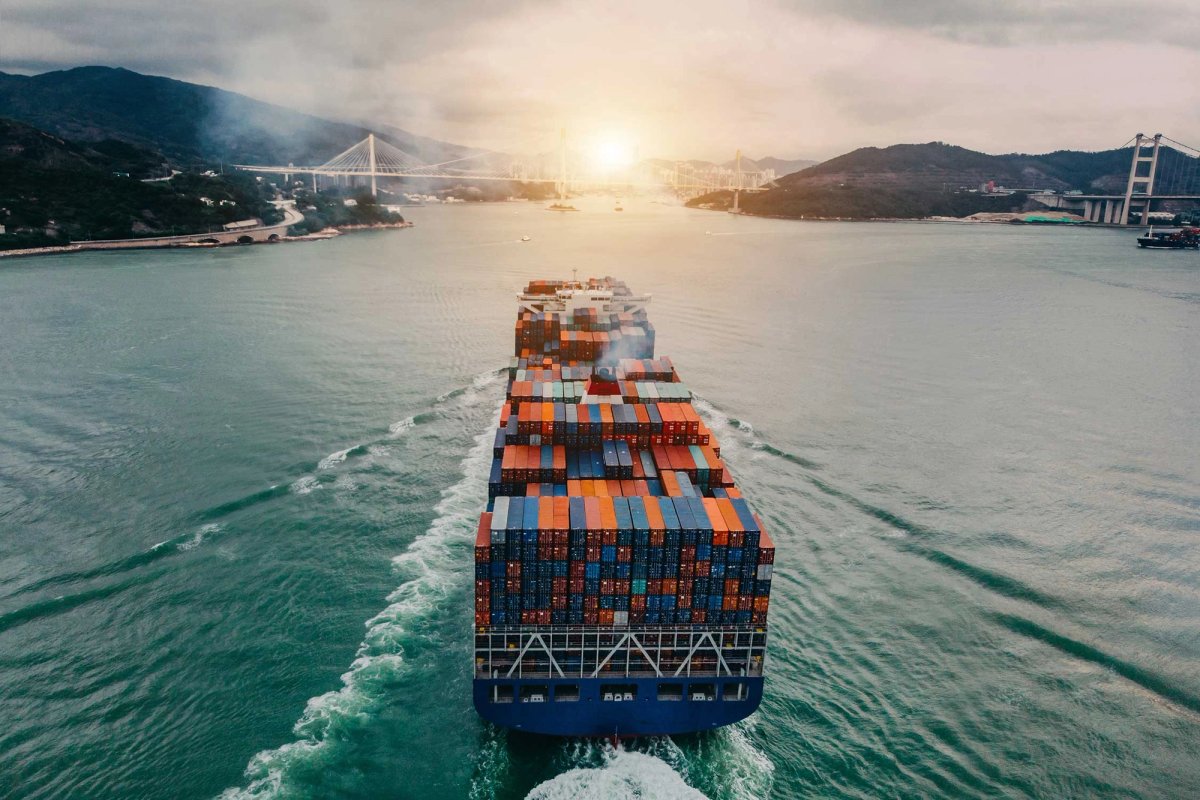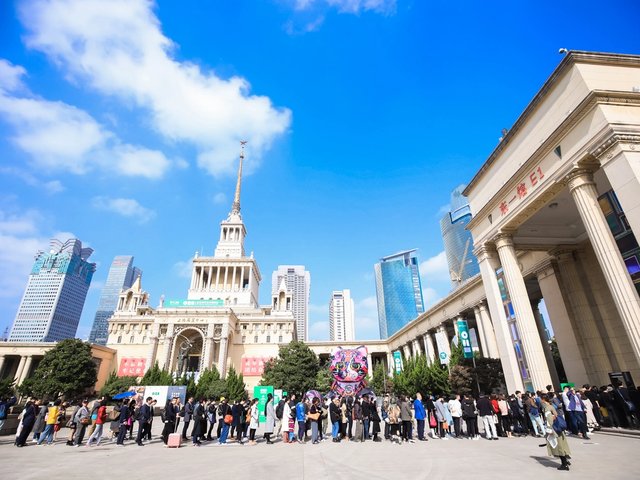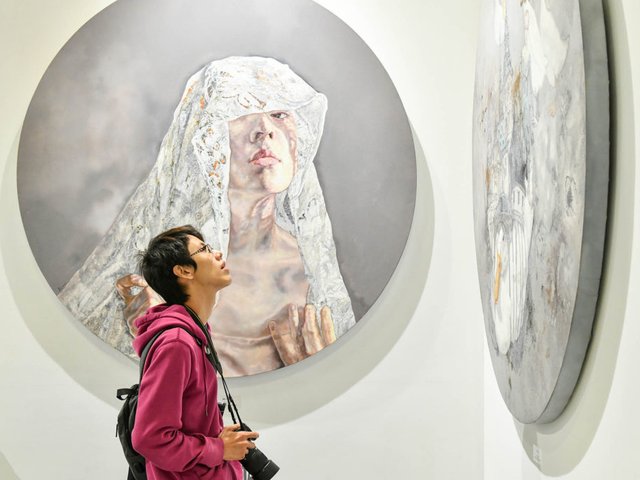Hong Kong boasts a long list of attributes over its relatively short history, but among the most enduring is its status as a free port. Along with a complete absence of import duties, the city’s logistics capacities have been honed over the past century.
However, amid escalating tariff threats, free trade is starting to seem like a quaintly romantic and outdated concept—but one that Hong Kong remains dedicated to. The Special Administrative Region’s art trade is not directly impacted by American tariffs (at least not yet), and its galleries remain warily determined as Art Basel Hong Kong gets underway.
In a global trade war, the word ‘war’ says it all: conflict affects everyone
“We all seem to be going steadily,” says Amanda Hon, the managing director of Ben Brown Fine Arts and the current co-president of the Hong Kong Art Gallery Association (HKAGA). “Shipping has become incredibly expensive, so galleries with artists outside of Hong Kong are starting to think of strategies to alleviate the burden, for example through consolidating shipments with other galleries or by doing longer shows.”
“The impact of this [trade war] will likely be reflected in our financial markets, including the stock market, but not as much in physical trade,” says Henrietta Tsui-Leung, the founder and chief executive of Ora-Ora gallery, and a co-founder of the HKAGA. “Tariffs haven’t had much impact. I still see US collectors buying in Hong Kong; there are many ports to send works to that are not necessarily in America.”
What are Trump’s new tariffs?
Older Sino-American tariffs, introduced during US President Donald Trump’s first term but expanded by former president Joe Biden, were levied based on origin. The US tracked where a work was created, while China mostly scrutinised an artist’s nationality. Pascal de Sarthe, who established his eponymous gallery in Wong Chuk Hang in 2011 and opened a US branch in 2022, says he did not encounter any tariffs when he sent works by Hong Kong artists to the Scottsdale Ferrari Art Week fair in Arizona last month. “Based on the most recent information I have, Hong Kong continues to operate as a free-trade zone,” he says.
For mainland China, however, the tariff situation is rapidly changing. According to Christophe Esayian, the director of brokerage services at Imperative Logistics in Portland, Oregon, the new US tariffs under the International Emergency Economic Powers Act (IEEPA) presently stand at 20% but contain an exemption for “informational materials”, which include paintings, drawings, pastels, engravings, prints, lithographs and sculptures. But the newly imposed Section 232 tariffs of 25% (up from 10%) on steel and aluminium also apply to “materials for metal sculptures and works”. Older Section 301 tariffs of 7.5%, introduced in 2018, only applied to mainland China, but the new IEEPA levies are aimed at Hong Kong and Macau as well as mainland China.
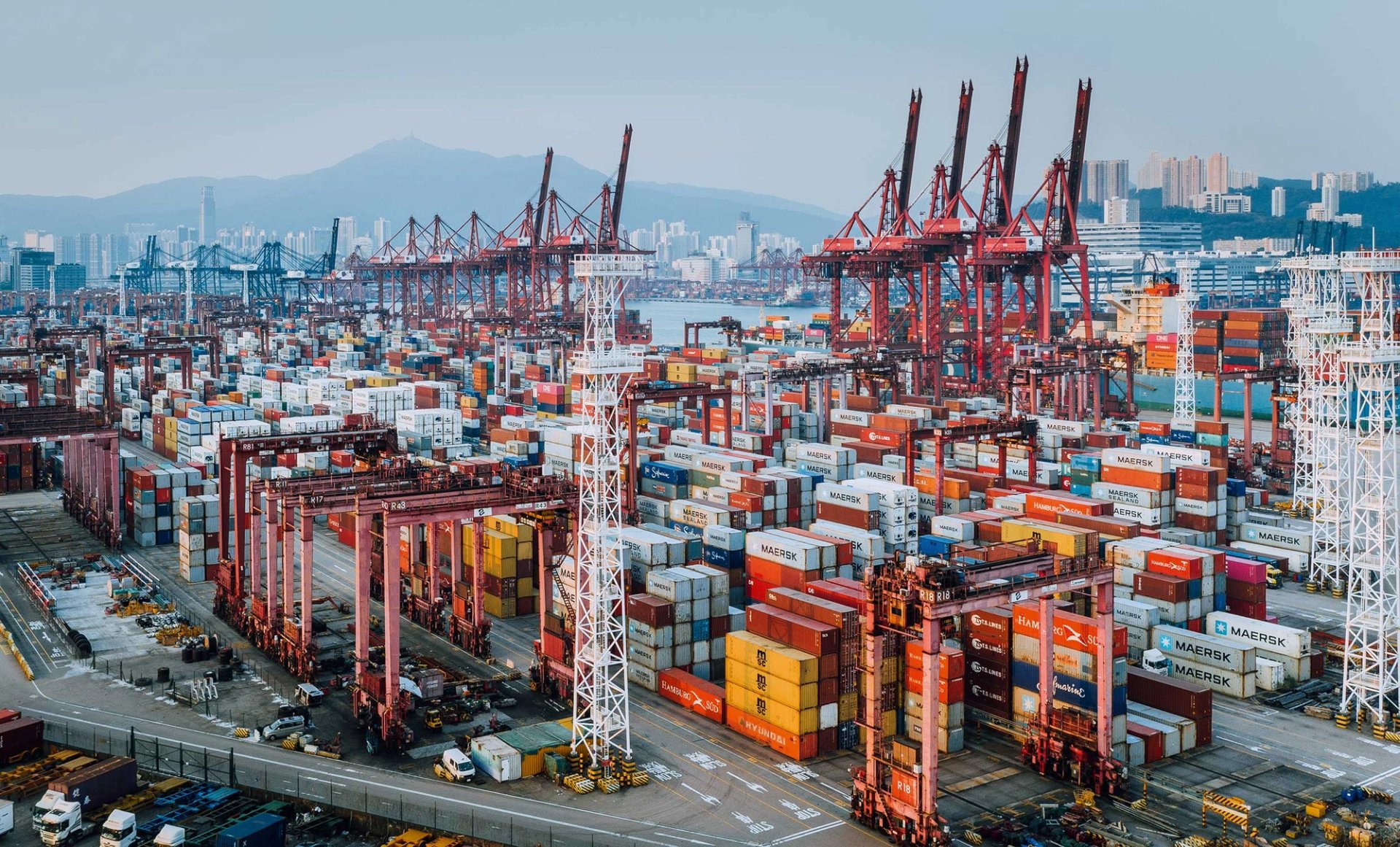
On the threat posed by tariffs, gallerist Pascal de Sarthe says: “I hope Hong Kong can uphold its free trade principles, as this is the foundation of its strength and influence”
Nikada/Getty Images
Henry Darst, a senior corporate compliance analyst at Imperative’s sister company Masterpiece, cautions that, “the situation surrounding the tariffs is fluid and can change with short notice. [At present], antiques classified in HS 9706 are not part of the exemption and would be subject to a 20% duty in addition to the 7.5%.” In other words, a painting travelling from Hong Kong would encounter no American tariffs, but one shipped from China would be met with an extra fee of 7.5%. While an antique originating from China—under both the new and old IEEPA and Section 301 tariffs—would face a 27.5% rate.
The US is also considering slapping a hefty $1.5m fee on Chinese ships entering US ports, Esayian adds. “Specific to ABHK [Art Basel Hong Kong], we have seen fewer shipments this year versus 2024, but we are not able to attribute this directly to the tariffs or the trade situation,” Darst says. “Overall, we feel our commercial clients are [now] more conscious of costs.”
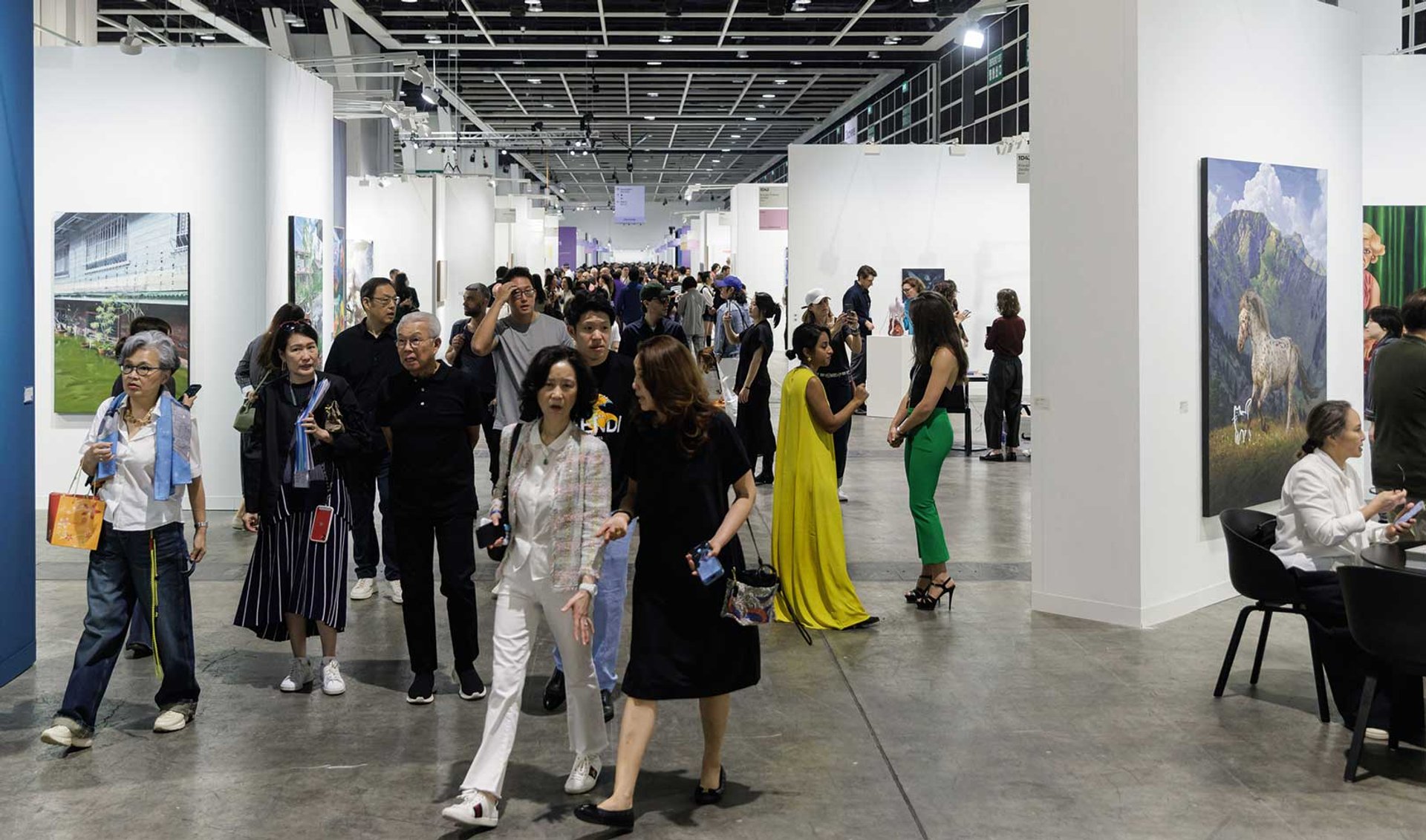
The crowds at Art Basel Hong Kong 2024
Courtesy Art Basel
While Hong Kong is dodging the fallout from the feuding giants so far, the effects on the global economy, and the art market’s slow recovery from the Covid era, are more immediate concerns. “I think we’re all hopefully optimistic,” says Amanda Hon about local dealers. “We are also branching out to other markets like Southeast Asia.”
Henrietta Tsui-Leung observes a “better mood” compared with 2024 and predicts that the 2025 edition of Hong Kong Art Week will be “much better” given the energy and programming, highlighting the HKAGA’s initiative to pair local and Western galleries, and art collaborations with property companies.
Nevertheless, “in a global trade war, the word ‘war’ says it all: conflict affects everyone, one way or another”, Pascal de Sarthe says. “I truly hope that Hong Kong can uphold its free-trade principles, as this is the foundation of its strength and influence. Balancing its role as a global hub with the pressures of a shifting trade landscape will be key to its long-term success.”


